How times have changed.....long gone the days when we could climb just about anything to get a glimpse of our heroes or stand with our noses pressed against the railings that separated the East Bank from the pitch.
On March 9th 1946, a little over six months after the end of World War II, Bolton Wanderers met Stoke City in an FA Cup Quarter-Final Second Leg. Due to the season starting after the cessation of hostilities, players still being demobbed and the fact that the clubs needed the money, all the ties up to the last eight were played on a home and away basis.
After beating Blackpool, Liverpool and Middlesbrough, Bolton travelled to The Potteries on March 2nd and came away with a 2-0 victory, both goals scored by Ray Westwood. A place in the Semi-Final beckoned. And so it was that a large and expectant crowd travelled towards Burnden Park a week later to watch the return leg.
The Burnden Stand was not available to fans, as it was still in use by the Ministry of Supply. The closure of the stand also meant that those fans who had tickets for the Burnden Paddock had to enter by the Manchester Road end and be escorted around the pitch. On top of this, the turnstiles at the east end of the Railway Embankment which adjoined the Burnden Stand had been closed since 1940.
This meant that, on top of the 28,000 spectators that had tickets for the Railway Stand, a further 9,000 were entering the ground through turnstiles virtually next door.
Because those in charge were simply unprepared for the amount of people who wanted to see the game, the numbers swelled by Bolton's victory at Stoke and it being many people's first opportunity to see the already legendary Stanley Matthews play for Stoke, at 2:40 p.m it was decided that the turnstiles be closed.
This action, however, did not stop people entering the ground. They did this by climbing over the same turnstiles, by removing sections of fencing and climbing in from the railway, or by entering the ground through a locked turnstile that had been opened by a father and son who had picked its lock, trying to escape the crush that was forming inside.
When it became impossible to climb over and in, some fans stood on top of a stationary train that had stopped outside the ground............
What happened next became a forgotten tragedy.
From 'Vital Bolton' by Quentin
Ibrox 1902 33 lives lost; Burnden Park, Bolton 1946 - 33; Ibrox, Glasgow 1971 - 66; Valley Parade, Bradford 1985 - 56; Heysel, Brussels - 39 and at Hillsborough, Sheffield - 95 people were killed when all they wanted to do was watch a football match.
Sadly it took so many more tragedies to sharpen the focus of government and the footballing authorities before the safety of spectators became the paramount consideration.
But as the world becomes every increasingly risk averse our previously 'innocent pleasures' become no more than distant memories.



Aldershot at home to Peterborough Utd in 1960, then Aston Villa in 1964 and finally away to Guildford in 1938.


























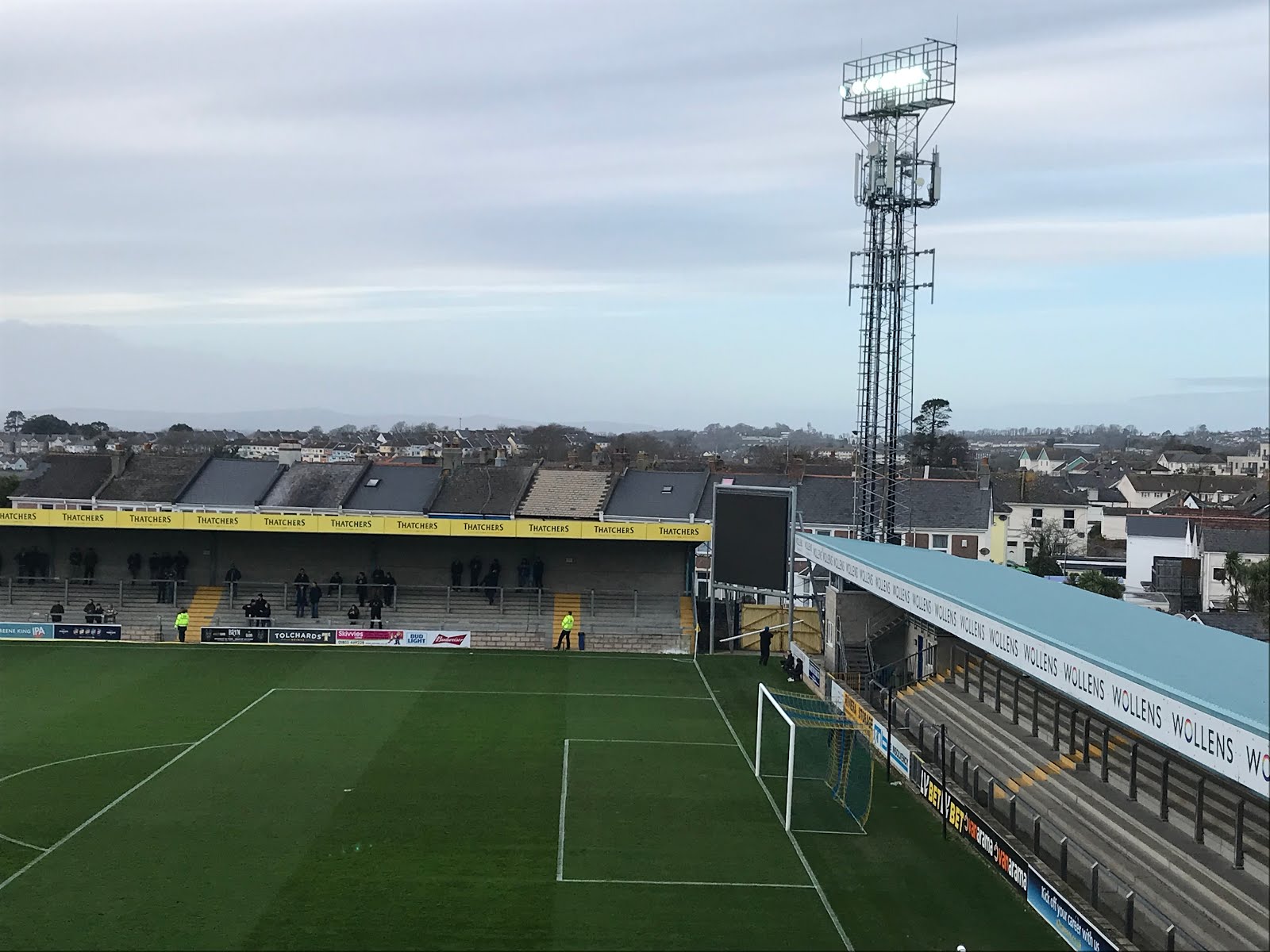






































































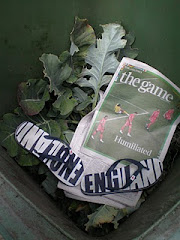







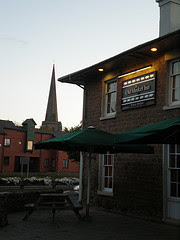










































































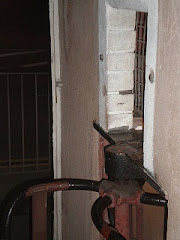


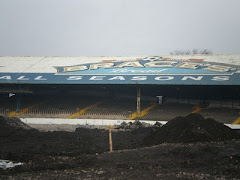
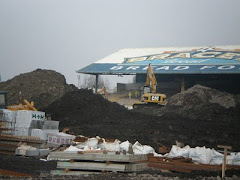





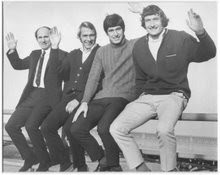

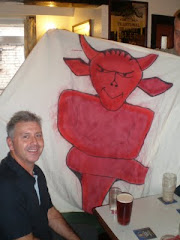
































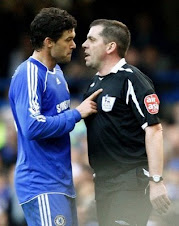









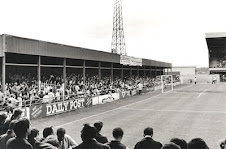





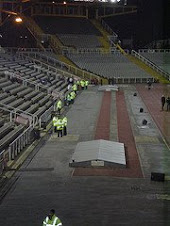










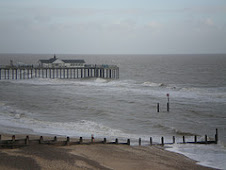









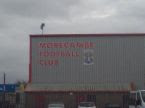










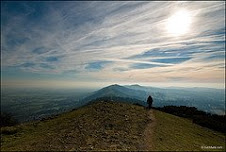












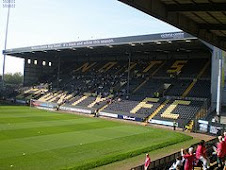





































































































































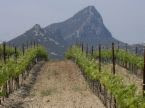
















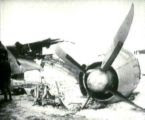










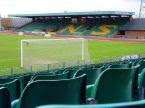



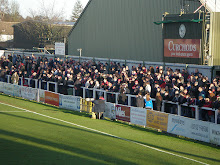






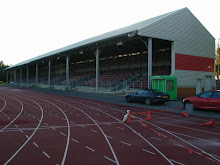













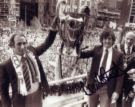













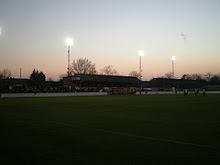



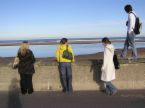
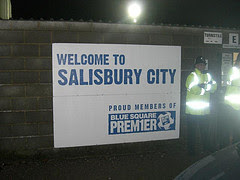
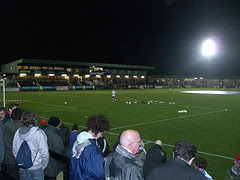
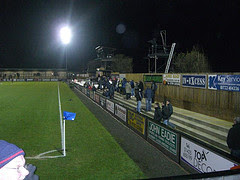




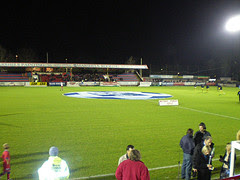
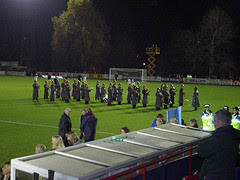

















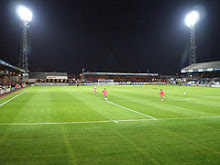






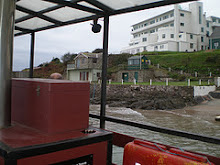
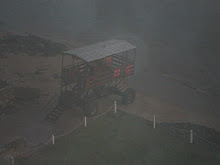





















































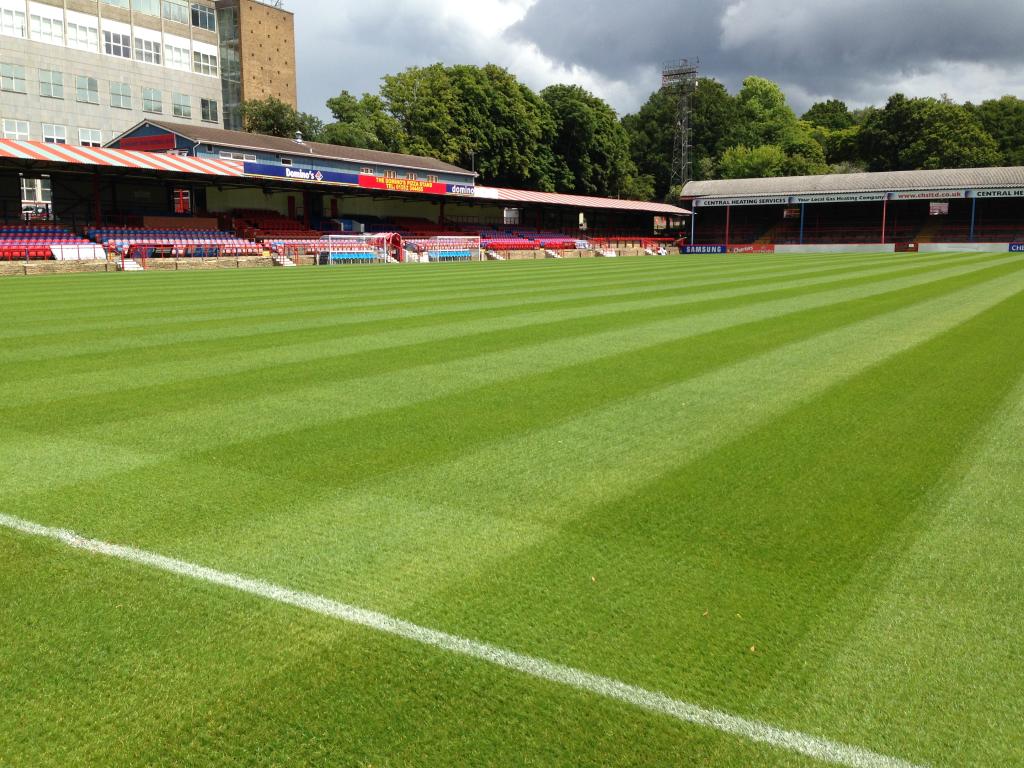

No comments:
Post a Comment